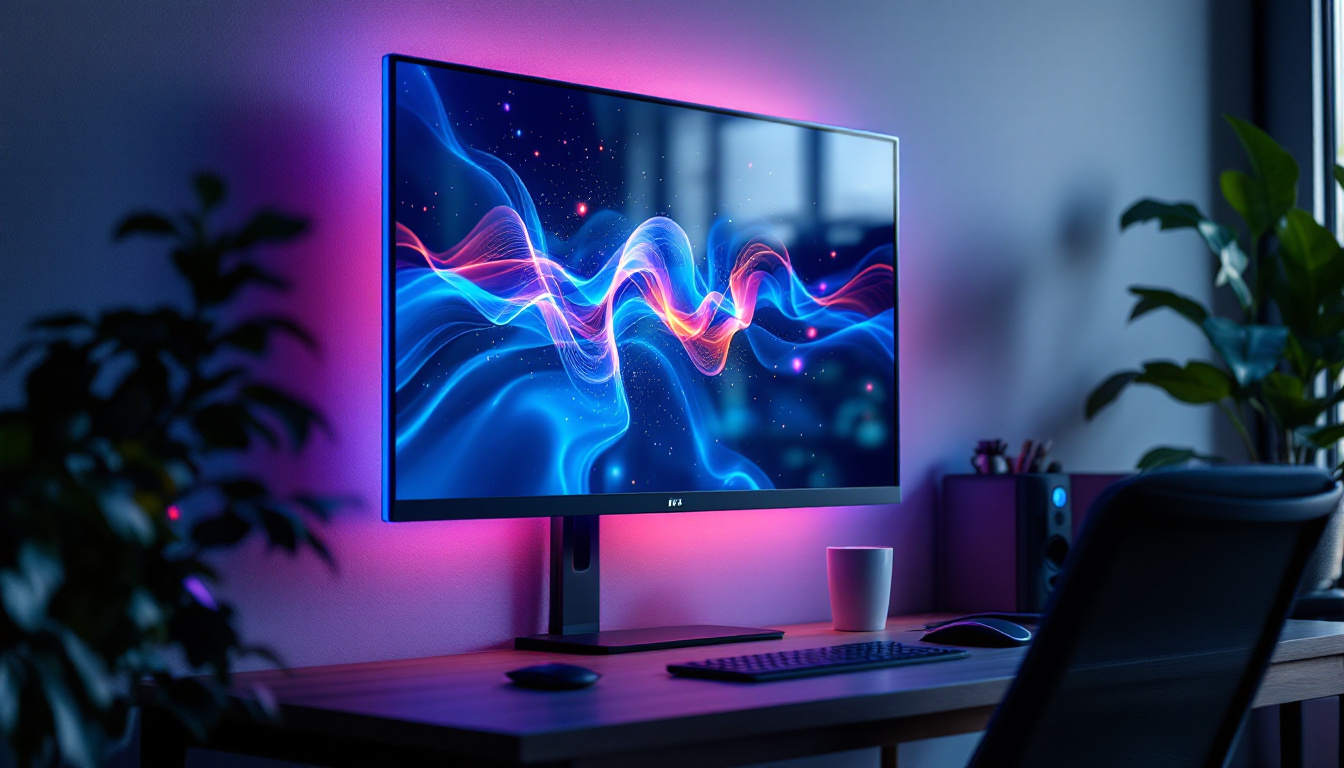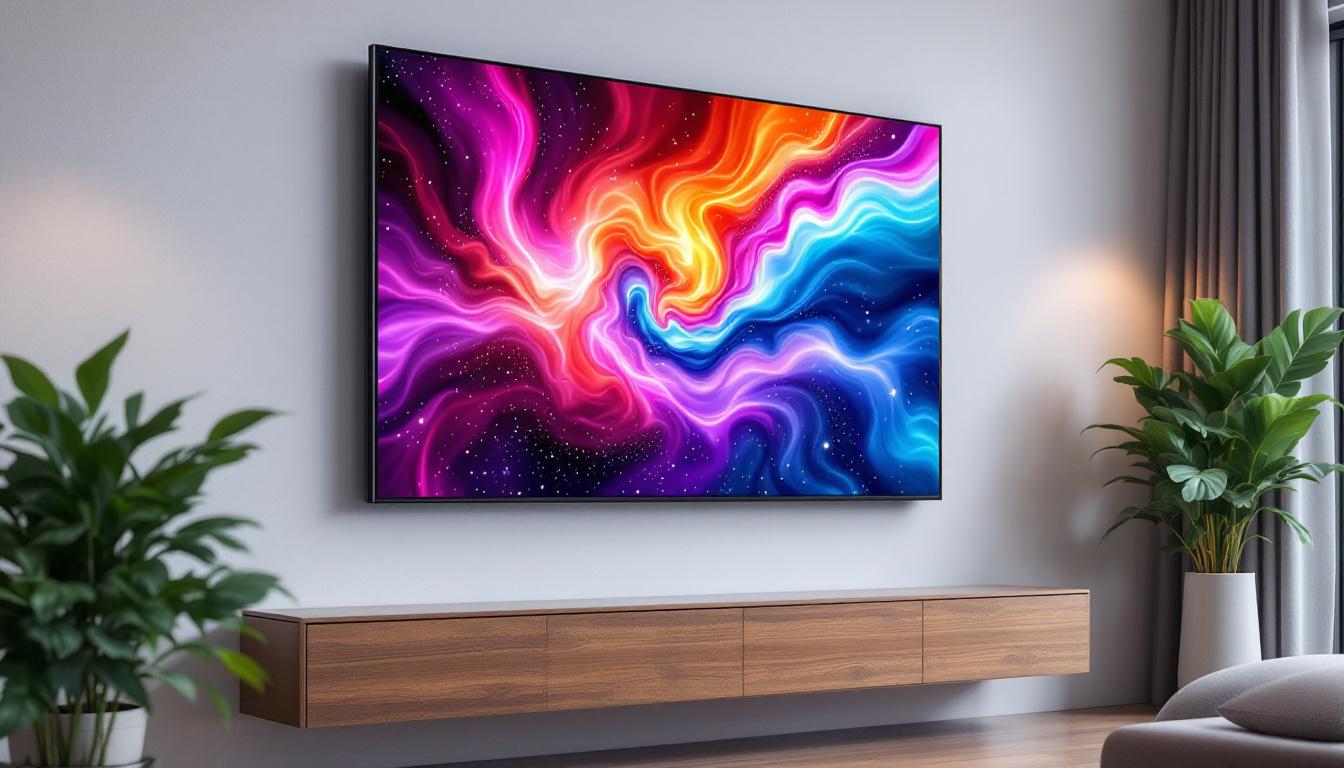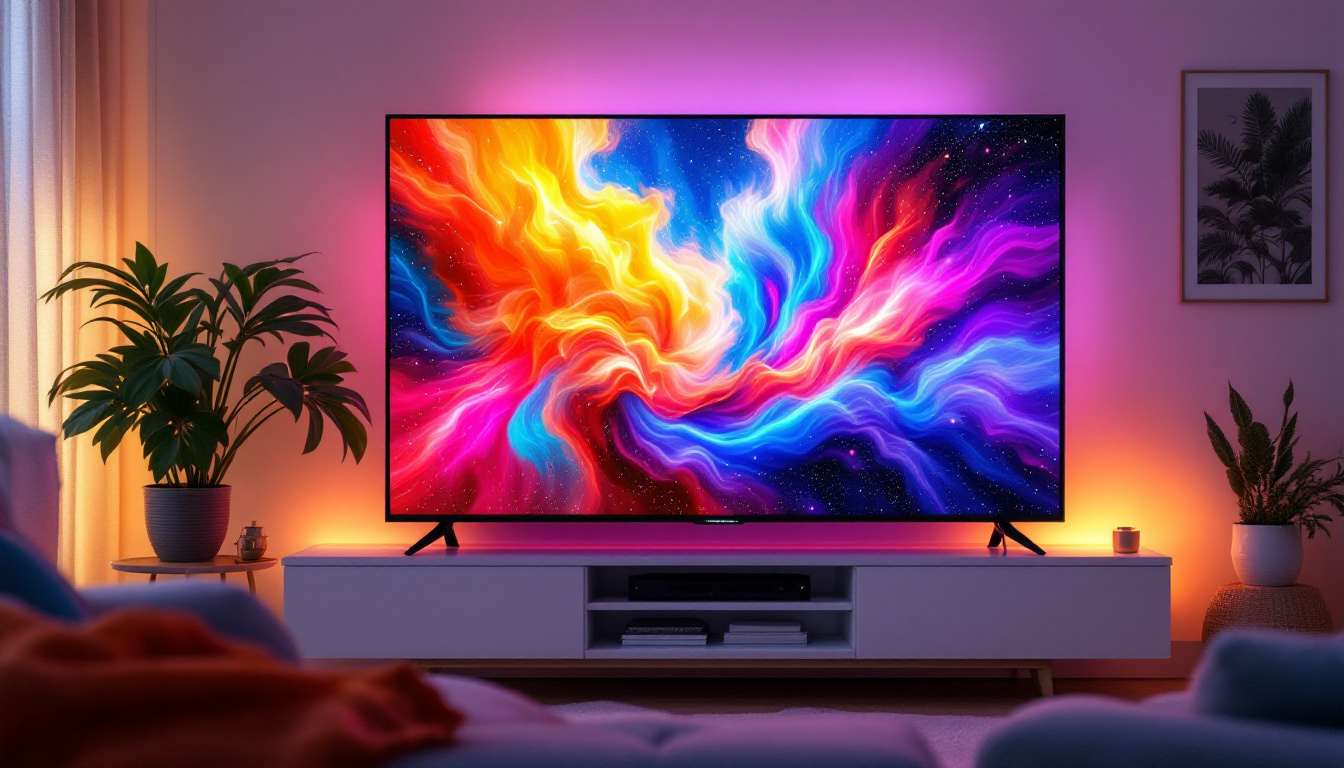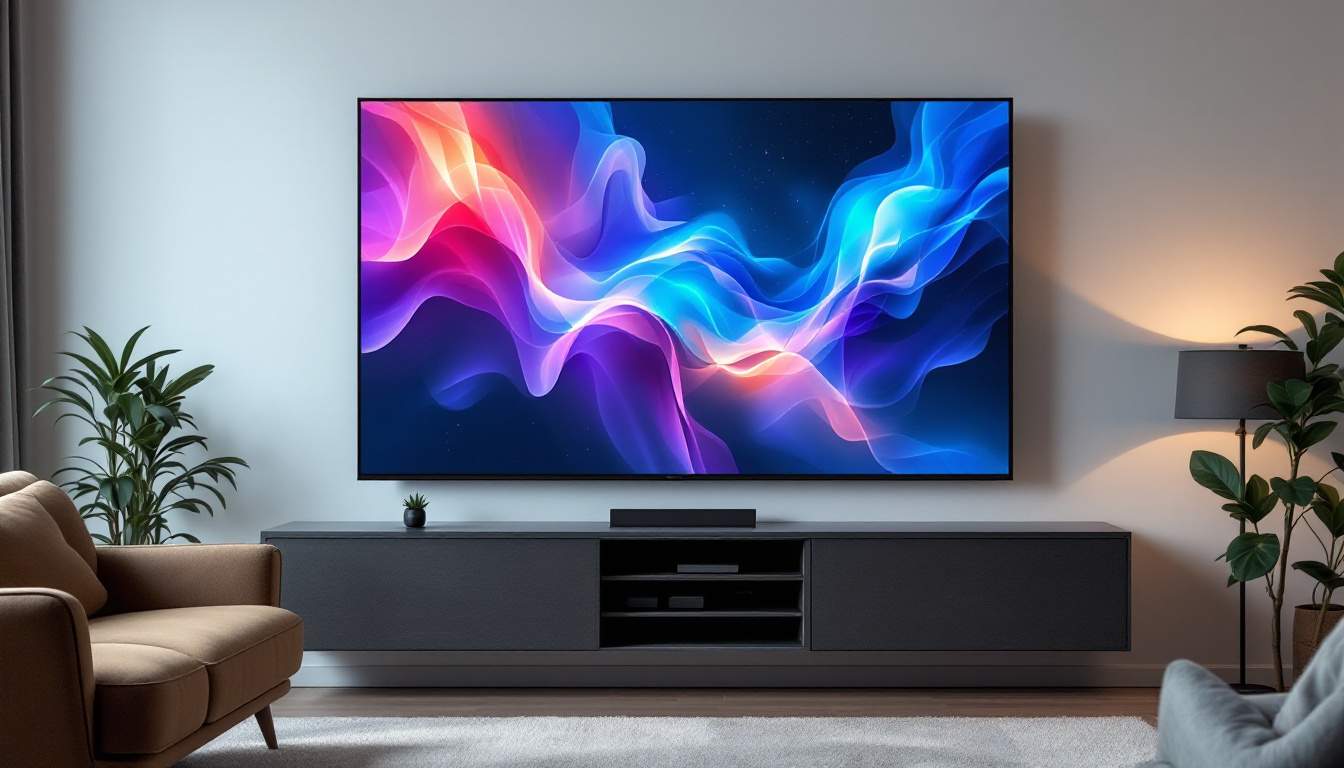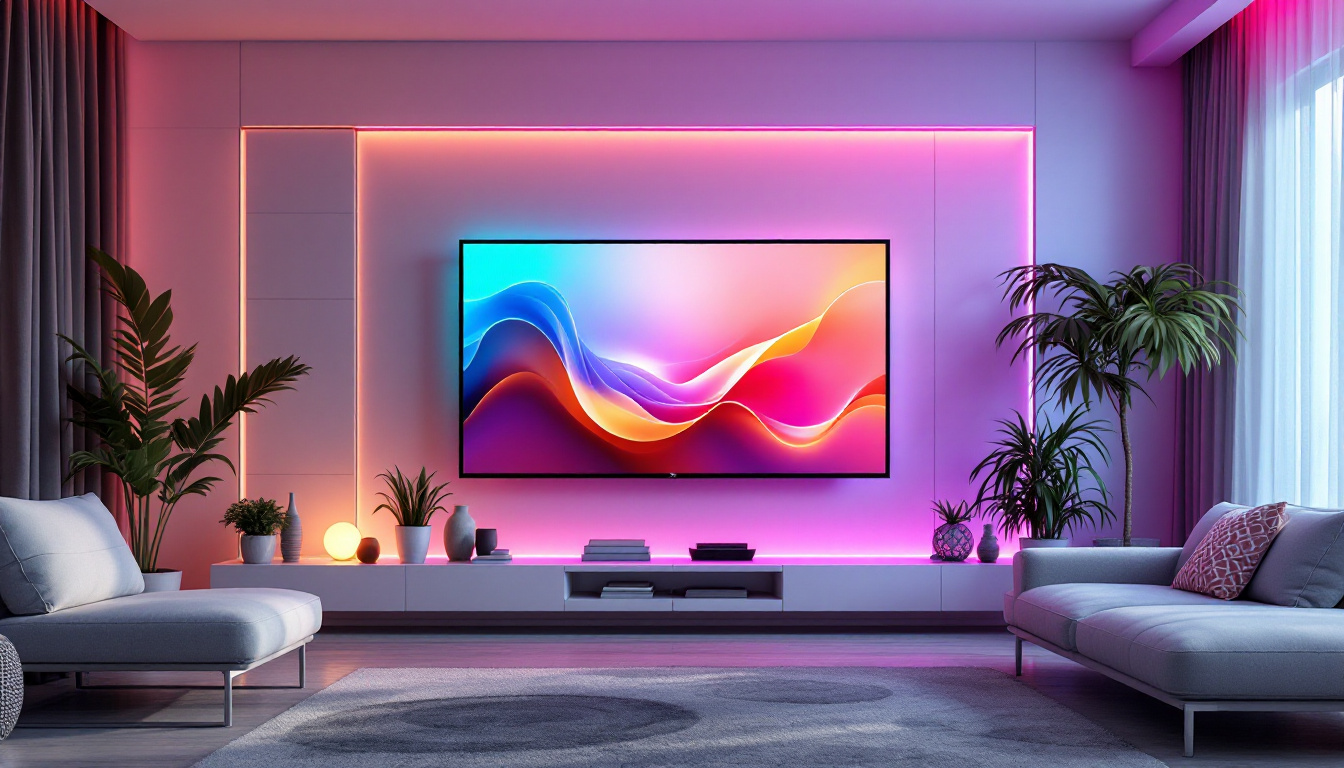The world of technology is ever-evolving, and one of the most significant advancements in display technology is the introduction of LED displays. These displays are not only energy-efficient but also provide vibrant colors and sharp images. Among the various features that enhance user experience, the OSD (On-Screen Display) Lock is a crucial aspect that deserves attention. This article delves into the intricacies of OSD Lock on monitors, particularly focusing on LED displays, and explains its significance and functionality.
Understanding OSD (On-Screen Display)
On-Screen Display (OSD) refers to the graphical interface that allows users to adjust various settings of their monitor directly on the screen. This feature has become a standard in modern displays, providing an intuitive way to manage brightness, contrast, color settings, and more.
Features of OSD
OSD offers a plethora of features that enhance user interaction with the monitor. Users can navigate through menus using physical buttons or remote controls, making it easy to customize their viewing experience. Common settings include:
- Brightness and Contrast: Adjusting these settings can significantly improve image quality based on ambient lighting conditions.
- Color Calibration: Users can modify color settings to achieve more accurate representations, which is particularly important for graphic designers and photographers.
- Input Selection: OSD allows users to switch between different input sources seamlessly, such as HDMI, DisplayPort, or VGA.
Additionally, many OSDs come equipped with advanced features like preset modes tailored for specific activities, such as gaming, reading, or watching movies. These presets can optimize settings like refresh rate and color temperature to enhance the viewing experience. Some monitors even offer user-defined profiles that allow individuals to save their custom settings, making it easy to switch back to preferred configurations with just a few clicks.
The Importance of OSD Lock
OSD Lock is a feature that prevents accidental changes to monitor settings. This is particularly useful in environments where multiple users interact with the same display, such as in offices or classrooms. By locking the OSD, users can ensure that their preferred settings remain intact, avoiding the frustration of having to readjust them frequently.
Moreover, the OSD Lock feature can also serve as a safeguard against unintentional modifications during critical tasks, such as presentations or video editing. In educational settings, it helps instructors maintain consistent display settings, ensuring that all students experience the same visual quality. Some advanced monitors even offer password protection for OSD settings, allowing administrators to control access and maintain uniformity across multiple devices in a shared environment.
How OSD Lock Works
The OSD Lock feature is designed to be user-friendly. Typically, it can be activated or deactivated through a combination of button presses on the monitor. Once engaged, the OSD will not respond to any adjustments until it is unlocked, providing peace of mind to users. This is particularly beneficial in environments where multiple users may access the same monitor, such as in schools or offices, ensuring that settings remain consistent and preventing accidental changes that could disrupt presentations or workflows.
Activating OSD Lock
To activate the OSD Lock, users usually need to press a specific button sequence on the monitor. This sequence can vary depending on the manufacturer, so it’s advisable to consult the user manual. Once activated, a notification may appear on the screen, confirming that the OSD is locked. Some monitors even feature an audible beep or a visual indicator, such as a padlock icon, to further assure users that their settings are secure. This level of feedback helps to eliminate any uncertainty, allowing users to focus on their tasks without worrying about unintended adjustments.
Deactivating OSD Lock
Deactivating the OSD Lock follows a similar process. Users must press the designated button sequence again to unlock the settings. This feature is designed to be intuitive, ensuring that users can easily manage their display settings without hassle. Additionally, some advanced monitors offer a customizable OSD Lock feature, allowing users to choose which settings they want to lock or unlock individually. This flexibility can be particularly useful for graphic designers or gamers who may want to maintain specific calibration settings while allowing for other adjustments, such as brightness or contrast, to be modified as needed. Furthermore, the ability to lock certain settings can enhance the longevity of the monitor by preventing frequent changes that could lead to wear or misconfiguration over time.
Benefits of OSD Lock on LED Displays
LED displays have become increasingly popular due to their superior image quality and energy efficiency. The OSD Lock feature enhances the usability of these monitors in several ways.
Enhanced User Experience
By preventing accidental adjustments, OSD Lock significantly improves the user experience. Users can focus on their work or entertainment without worrying about unintended changes that could disrupt their viewing experience. This is especially beneficial in professional settings where precise calibration is essential. For instance, graphic designers and video editors rely on consistent color settings to ensure their work appears as intended across various platforms. With OSD Lock, they can maintain their carefully calibrated settings without the fear of accidental alterations during critical tasks.
Increased Longevity of Settings
When OSD settings are locked, it reduces the likelihood of frequent adjustments that could lead to wear and tear on the monitor’s buttons or controls. This contributes to the overall longevity of the device, ensuring that it remains in optimal condition for a more extended period. Moreover, by minimizing the need for constant recalibration, users can save time and effort that would otherwise be spent on readjusting settings after every accidental change. This efficiency is particularly advantageous in high-traffic environments, where multiple users may interact with the same display throughout the day.
Security in Shared Environments
In environments where multiple individuals use the same monitor, such as offices or classrooms, OSD Lock provides an added layer of security. It prevents unauthorized users from altering settings, ensuring that the display remains calibrated to the preferences of the primary user. This is crucial in educational settings where instructors may have specific display requirements for presentations or demonstrations. By locking the OSD, teachers can ensure that their carefully set parameters remain intact, allowing them to deliver lessons without technical interruptions. Additionally, in corporate environments, maintaining consistent display settings can enhance productivity by reducing the time wasted on troubleshooting display issues caused by inadvertent changes made by others.
Streamlined Maintenance
Another significant advantage of the OSD Lock feature is the streamlined maintenance it offers. With fewer adjustments needed, technicians can focus on other aspects of monitor upkeep rather than constantly addressing user-induced issues. This can lead to reduced service calls and lower maintenance costs over time. Furthermore, when settings are locked, it simplifies the training process for new users, as they can be assured that the display will function as intended without the risk of accidental modifications. This ease of use can foster a more efficient working environment, allowing users to concentrate on their tasks rather than navigating through complex display settings.
Common Issues with OSD Lock
While OSD Lock is a valuable feature, users may encounter some common issues. Understanding these can help in troubleshooting and ensuring a smooth experience.
Accidental Activation
One of the most common issues is the accidental activation of the OSD Lock. This can happen if users are not familiar with the button sequence or if children or pets inadvertently press the buttons. In such cases, consulting the user manual can provide guidance on how to quickly unlock the OSD. Additionally, some monitors offer a visual indicator on the screen when the OSD Lock is activated, which can help users quickly identify the issue. It is also advisable to keep the remote or control panel out of reach of young children or pets to minimize the chances of unintentional activation.
Difficulty in Navigation
Some users may find it challenging to navigate the OSD menu, especially if they are not accustomed to using the feature. Familiarizing oneself with the layout and options available can make this process smoother. Many manufacturers provide online resources or video tutorials to assist users in mastering their monitors. Furthermore, some monitors come equipped with customizable shortcuts that allow users to quickly access their most-used settings without having to navigate through the entire menu. This can significantly enhance the user experience, particularly for those who frequently adjust settings for different tasks, such as gaming or graphic design.
Inconsistent Settings
Another issue that users might face is the inconsistency of settings after unlocking the OSD. Sometimes, changes made to brightness, contrast, or color profiles may not save correctly, leading to frustration. This can occur due to firmware glitches or power interruptions during the saving process. To mitigate this, users should ensure their monitor’s firmware is up to date, as manufacturers often release updates that fix bugs and improve functionality. Additionally, performing a factory reset can sometimes resolve persistent issues, allowing users to start fresh with their settings.
Conclusion
The OSD Lock feature on LED displays is an essential tool for enhancing user experience, ensuring that settings remain consistent and secure. As technology continues to advance, understanding these features becomes increasingly important for maximizing the potential of modern displays. By taking advantage of OSD Lock, users can enjoy a seamless and tailored viewing experience, whether for work or entertainment.
In summary, the integration of OSD Lock in LED displays not only simplifies user interaction but also safeguards against unwanted changes. As users become more familiar with their monitors, the benefits of utilizing OSD Lock will undoubtedly enhance their overall satisfaction and productivity.
Discover LumenMatrix LED Display Solutions
Ready to experience the pinnacle of LED display technology and take control of your visual environment? Look no further than LumenMatrix. With our comprehensive range of innovative LED display solutions, from Indoor and Outdoor LED Walls to specialized options like Vehicle and Sports Displays, we are committed to transforming your space with vibrant, energy-efficient visuals. Whether you’re looking to captivate an audience, enhance brand visibility, or communicate with clarity and impact, LumenMatrix has the perfect solution tailored to your needs. Check out LumenMatrix LED Display Solutions today and unlock the full potential of your digital signage.


